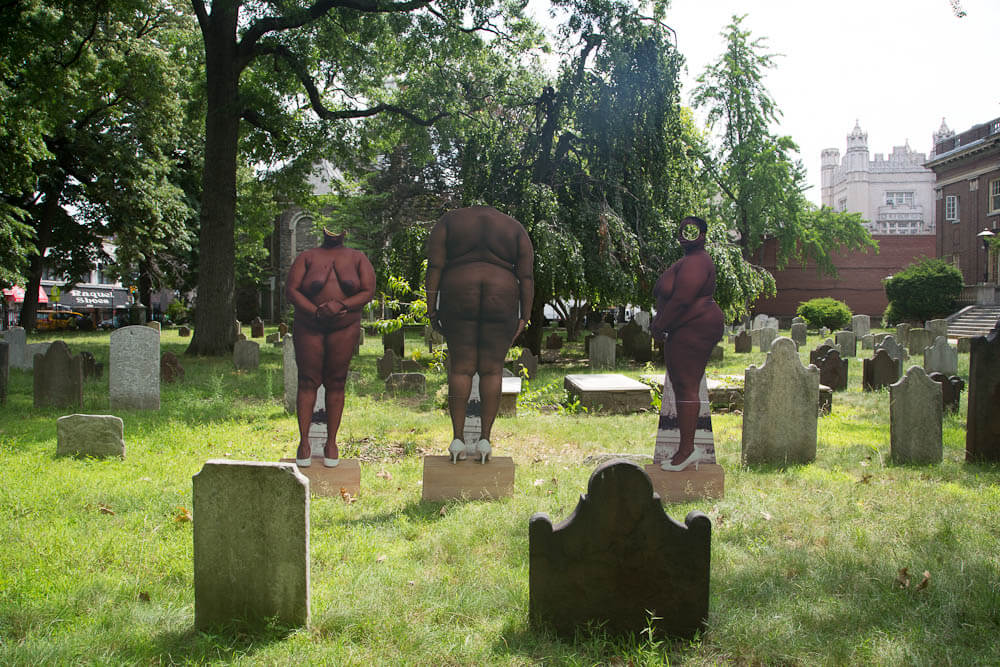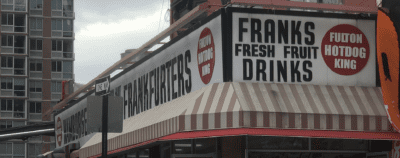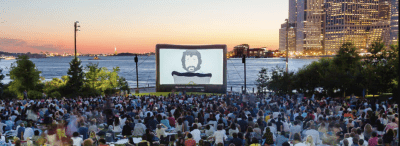Artist Nona Faustine on Posing Naked at New York’s Former Slave Trade Sites
From 1626 until 1827, New York City was one of the capitals of American slavery. But when it comes to the history of slavery in the five boroughs, “the average New Yorker today knows nothing,” Brooklyn-raised artist and photographer Nona Faustine says in a phone interview. It’s a history that’s been largely hidden: There are almost no reminders on Wall Street, which the New York City Common Council declared the city’s first official slave market in 1711, meant to commemorate or acknowledge the area’s brutal past.
In her striking and painful photo series, “White Shoes,” Faustine poses at former slave trading sites around the city–from Wall Street to City Hall, which slaves helped build– naked but for white stilettos. The high heels “represent the white patriarchy that we can’t escape,” Faustine says. “The images function as memorials; meditative reflections on a history Americans have not come to terms with.”
What began in 2012 as Faustine’s thesis project at the International Center of Photography has evolved into a photo series that, in the midst of the Black Lives Matter movement, couldn’t be more critical or timely. We spoke to Faustine about the making of “White Shoes,” the odious history behind some of Brooklyn’s most famous street and neighborhood names (Cortelyou, Ditmas, Lefferts), and being a proud New Yorker.
What was the process of shooting these photographs like?
It’s really an incredible thing to go to these places. You feel the residual fallout from the history. You’re in between two worlds, in a way, when you go to these sites–the present, real city, and the city of the past. Posing for these photos is exhilarating and fueled with anxiety–you’re taking off your clothes in public. Once it gets going, I put on blinders to whatever’s going on around me. I set up the shot, and have my sister, who’s my assistant, step in so I can properly frame it, and she hits the shutter at my command.
What was behind your choice to pose naked in these images?
It’s really in solidarity with the women who were put on display during slavery. That is how they were sold: with no clothes. like pieces of meat. And for me, you have to be willing to risk something [when making art]. Anyone could get up there with clothes on. It makes the work extremely personal when you take your clothes off. You can’t hide. But no one [has ever made any comments]. If they ever did, I’d tell them to fuck off.
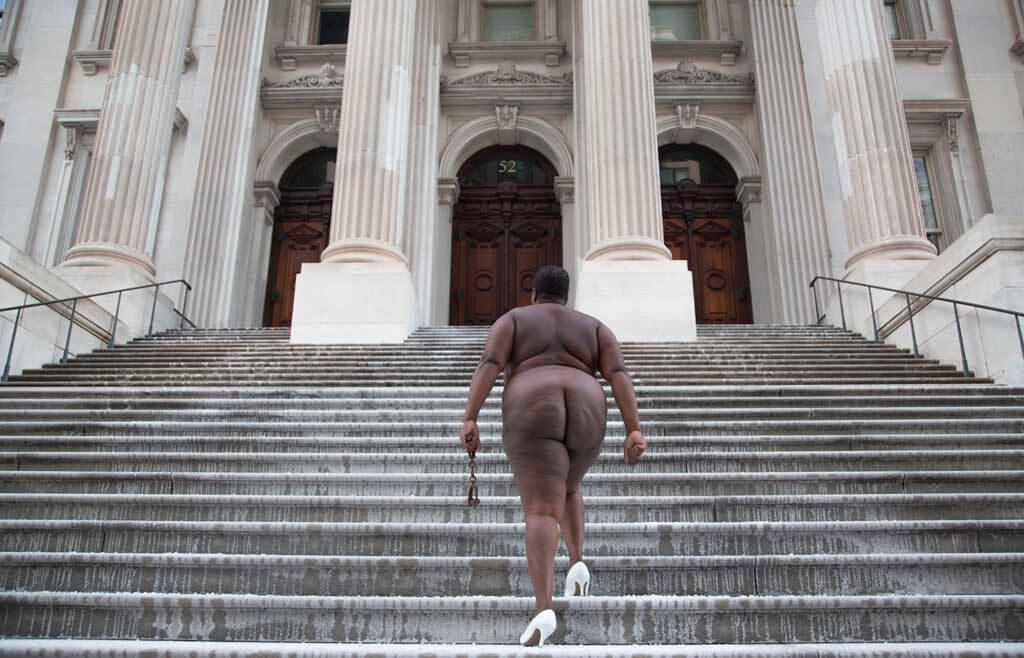

“Over My Dead Body,” New York City Hall
What is the history of the Dutch Cemetery in Flatbush, and why did you choose to pose there?
That cemetery, in Flatbush, is so full of imagery and history. It’s steeped in symbolism. All that land was owned by Dutch settlers in Brooklyn before the American Revolution. The people who are buried in that cemetery have their names on all the streets of Brooklyn — Cortelyou, Ditmas, Lefferts. They were the early settlers of Brooklyn. And that cemetery was only supposed to be Dutch people, white only, but there are three enslaved Africans who were buried there. They were the the favorite slaves of a Dutch family. That church and those cemetery grounds are some of the earliest examples of who we are in this history of enslavement. I grew up in Flatbush. For one, I really didn’t know the history of that cemetery, or that the families buried in there were slave owners, and yet their names are all over Brooklyn.
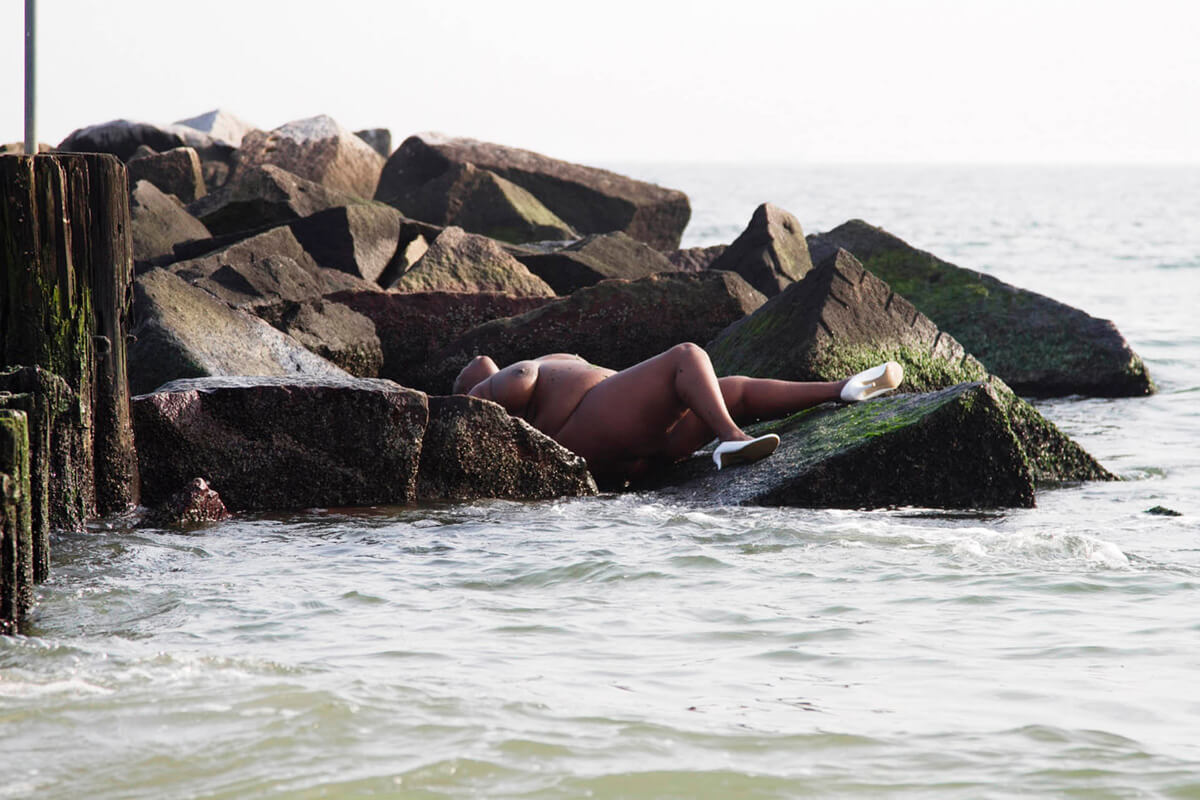

“Like A Pregnant Corpse The Ship Expelled Her Into The Patriarchy” (Atlantic Ocean Coast of Brooklyn, NY).” “Even after slavery was supposedly officially over, people smuggled slaves over the Atlantic off the coast of Brooklyn,” Faustine says.
How does your artistic focus on the history of slavery in New York City affect your daily experience of living here?
For one, I’m a very proud New Yorker. Black New Yorkers had a role in laying this city out. If it weren’t for us, there would be no New York City, and there would be no America. Slavery is what fueled the nation’s economic progress and made us a mighty country. All of this was from slavery. It’s sad, and it’s a terrible, terrible price to pay, a price that many Americans are still paying. But at the same time, it makes me proud to know that my people had a hand in building this city. I’m proud of the city, and I’m proud of myself.
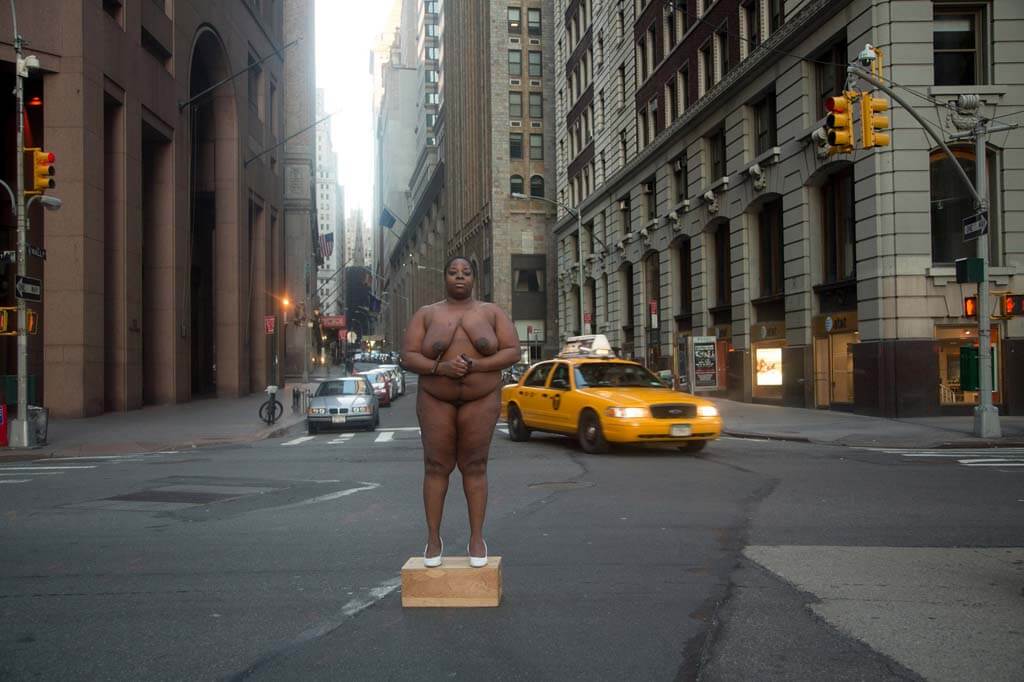

“From Her Body Sprang Their Greatest Wealth,” Wall Street
There’s so much reluctance to have conversations about the racism that still exists here, to credit the people who built this country, and to admit that one of the reasons the USA is one of the largest economic powers is because of our beginnings as a slave nation. A little credit is definitely deserved. I want a map for visitors that charts these historic sites–a lot of other cities have that; New York doesn’t.
How have you changed since doing this project?
It’s been cathartic. There is no Treblinka for Black Americans. There is no specific place we can go to to mourn that part of our past. For me, that was something I needed: To go to these places to reflect, to commune, if you will, with that past. It’s helped me to heal in a certain way.
This interview has been condensed for length and clarity. See more of Nona Faustine’s work here.
Follow Carey Dunne on Twitter @CareyDunne
You might also like 









